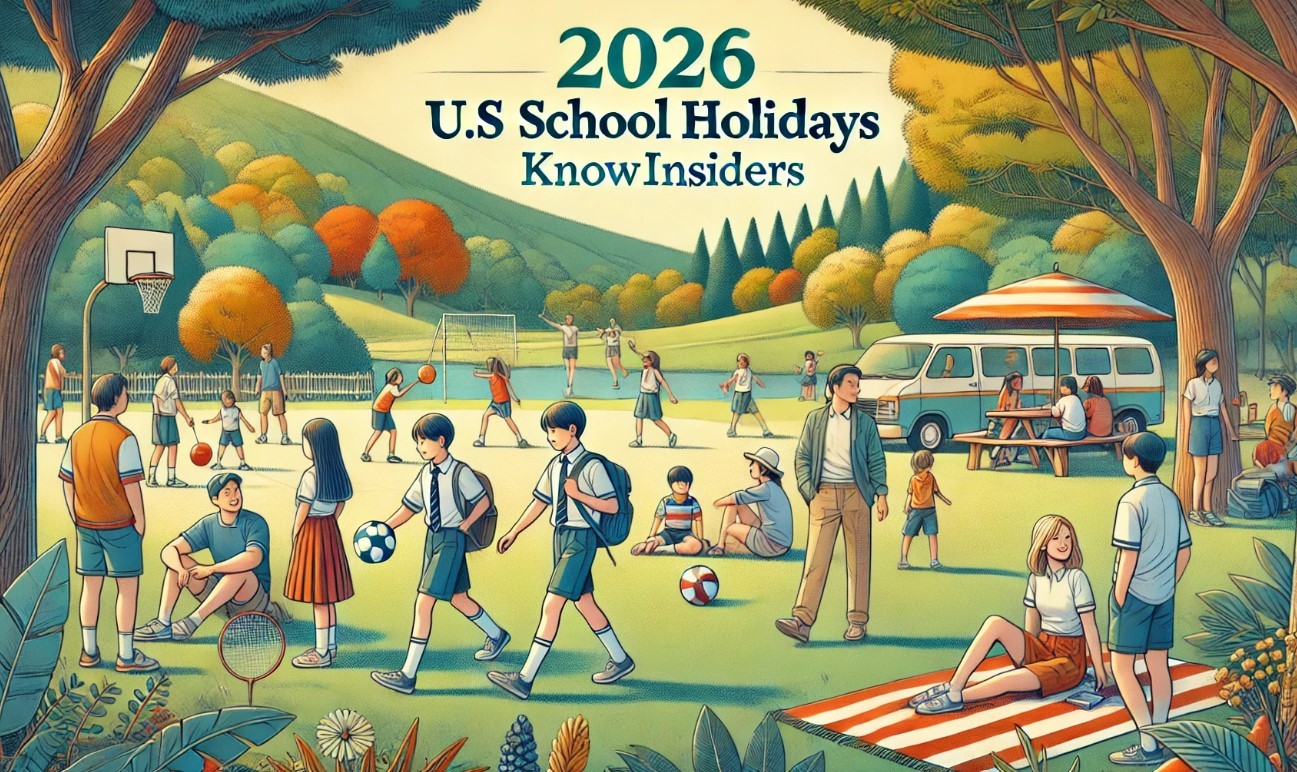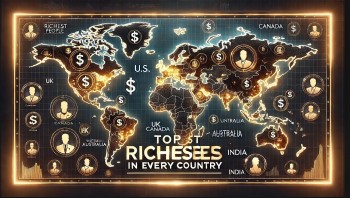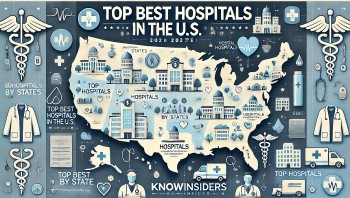Join us as we uncover the top 20 most popular holidays and festivals set to unite millions in celebration across the US in 2025.
The United States is home to some of the world’s most dynamic and diverse holidays and festivals, blending deep-rooted cultural, historical, and patriotic traditions. From coast to coast, these popular U.S. holidays create meaningful opportunities for Americans to reconnect with family and friends, honor their heritage, and celebrate values like freedom, unity, and gratitude.
Each major holiday and festival in the U.S. carries its own unique charm and significance. Whether it’s the heartfelt gatherings of Thanksgiving, the patriotic pride of Independence Day, or the electric excitement of New Year’s Eve, these celebrations shape the American experience. For both travelers and locals, U.S. holidays and festivals offer a window into the country’s vibrant cultural mosaic, highlighting the traditions and festivities that make the United States one of the most festive nations in the world.
Whether you’re planning to visit or simply looking to embrace the holiday spirit, these iconic American celebrations are essential for experiencing the heart and soul of the U.S. in 2025.
Learn more: Top 20 Most Popular Holidays and Festivals Around the World in 2025
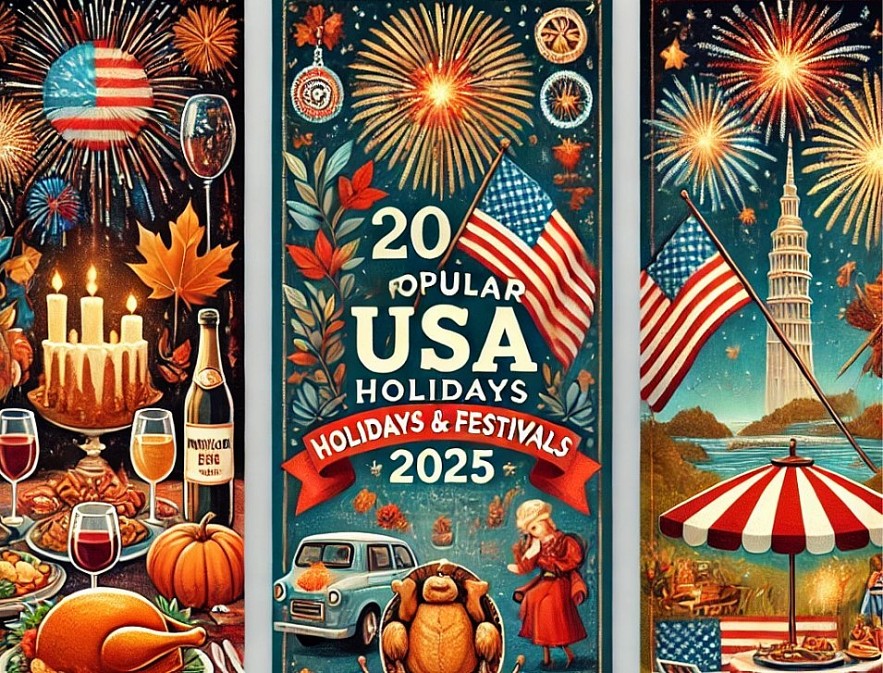 |
| 20 Biggest Holiday and Festivals in the US 2025. Image: KnowInsiders.com |
Top 20 Biggest Holidays and Festivals in the USA 2025
1. New Year’s Day – January 1
- Date: January 1
- Background: New Year’s Day celebrates the beginning of a new calendar year and is marked globally with various traditions. In the U.S., it’s seen as a fresh start, a time for setting resolutions and reflecting on past achievements. The Times Square Ball Drop in New York City has become a cultural symbol, representing a moment of unity as people welcome the new year together.
- Traditions: Besides the Ball Drop, Americans celebrate New Year’s Day with family gatherings, watching televised countdowns, and making personal resolutions such as improving health, advancing careers, or building relationships. Many cities host their own fireworks displays, parties, and events, making New Year’s Eve one of the most festive times of the year.
- Interesting Facts: The first Times Square Ball Drop took place in 1907, and today’s ball weighs nearly 12,000 pounds and is adorned with Waterford crystal panels. Many Americans take the opportunity to start new traditions or participate in “polar bear plunges” by jumping into freezing waters to mark a fresh start.
- Estimated Attendance: Over 1 million people gather in Times Square for the Ball Drop, with millions more participating in various events nationwide.
2. Martin Luther King Jr. Day – Third Monday in January
 |
| Martin Luther King Jr. Day is a time for reflection about the change King wanted to bring to America. Photo: ABC News |
- Date: Third Monday in January
- Background: Martin Luther King Jr. Day, established in 1983, honors Dr. King’s contributions to civil rights and his vision of equality, peace, and justice for all. His legacy is celebrated across the U.S., highlighting the impact of the civil rights movement on American history.
- Traditions: The day is often marked by community service projects, marches, educational programs, and remembrance events. Schools, churches, and communities hold discussions and events focusing on Dr. King’s messages of nonviolence and unity. Some cities, including Atlanta (King’s birthplace), host parades and gatherings.
- Interesting Facts: Martin Luther King Jr. Day is one of the few federal holidays honoring an individual, and it’s officially designated as a national day of service. The holiday encourages “a day on, not a day off,” inspiring people to engage in volunteer work and community improvement projects.
- Estimated Attendance: Roughly 10 million Americans participate in service events, marches, and other community activities.
3. Valentine’s Day – February 14
 |
| Happy Valentine’s Day Photo Cards |
- Date: February 14
- Background: Valentine’s Day, known worldwide as a celebration of love, friendship, and affection, has roots in ancient Roman festivals and was later popularized by the English poet Geoffrey Chaucer in the Middle Ages. Over time, it evolved into a holiday centered on romantic gestures and expressions of love.
- Traditions: Giving gifts on Valentine's Day traditionally entails sending flowers (often red roses), chocolates, and greeting cards. Couples often enjoy romantic dinners, while friends and family exchange small tokens of affection. “Galentine’s Day,” celebrated on February 13, has become a popular addition, celebrating friendship among women.
- Interesting Facts: Americans spend around $20 billion annually on Valentine’s Day, with nearly 250 million roses grown just for the holiday. Valentine’s Day is also a top day for marriage proposals, with an estimated 6 million people getting engaged each year on this day.
- Estimated Attendance: Around 140 million people in the U.S. celebrate Valentine’s Day in some form.
4. Mardi Gras – February (Shrove Tuesday)
- Date: February (date varies)
- Background: Mardi Gras, also known as “Fat Tuesday,” is celebrated the day before Ash Wednesday and marks the end of the Carnival season. With roots in Catholic tradition, Mardi Gras represents indulgence before the fasting season of Lent. New Orleans is famous for its Mardi Gras celebrations, which attract visitors from around the world.
- Traditions: Known for its lively parades, colorful floats, elaborate costumes, and masked balls, Mardi Gras is a unique cultural phenomenon. “Krewes” (social clubs) organize parades and events, and the tradition of throwing beads to parade-goers has become iconic. Many people also partake in “king cakes,” a traditional Mardi Gras pastry with a hidden baby figurine inside.
- Interesting Facts: The use of masks during Mardi Gras parades dates back to French settlers and was originally used to allow participants to mingle freely regardless of social class. Mardi Gras in New Orleans generates over $1 billion in economic impact annually due to tourism.
- Estimated Attendance: New Orleans alone sees over 1 million attendees, with additional celebrations in Mobile, Alabama, and other cities.
5. St. Patrick’s Day – March 17
- Date: March 17
- Background: St. Patrick’s Day celebrates the legacy of St. Patrick, the patron saint of Ireland, and honors Irish culture and heritage. Irish immigrants brought the holiday to the U.S., where it has since become one of the most widely celebrated cultural holidays.
- Traditions: Parades are central to St. Patrick’s Day celebrations, with major events in cities like New York, Boston, and Chicago. People wear green clothing, enjoy Irish music, and partake in Irish food, like corned beef and cabbage. Some cities, like Chicago, dye their rivers green for the holiday.
- Interesting Facts: The first St. Patrick’s Day parade took place in Boston in 1737. Despite its association with Irish culture, the U.S. celebration is far more extravagant than in Ireland itself.
- Estimated Attendance: Nationwide, approximately 20 million Americans participate in parades, events, and festivities each year.
6. Easter – Varies (March or April)
- Date: Varies in March or April
- Background: Easter is a Christian holiday celebrating the resurrection of Jesus Christ and is considered one of the most important days in the Christian calendar. Its date varies each year based on the lunar calendar, falling on the first Sunday after the first full moon following the spring equinox.
- Traditions: Church services, family gatherings, and Easter egg hunts are common Easter activities. The Easter Bunny, believed to bring eggs to children, is a popular figure associated with the holiday, and children often enjoy decorating and hunting for eggs.
- Interesting Facts: The White House Easter Egg Roll has been an annual tradition since 1878, bringing families from all over the country to the White House lawn. In the U.S., Americans spend over $18 billion on Easter-related purchases, including candy, decorations, and meals.
- Estimated Attendance: About 150 million Americans celebrate Easter, whether through religious observances, family gatherings, or cultural activities.
7. Mother’s Day – Second Sunday in May
 |
| Happy Mother’s Day |
- Date: Second Sunday in May
- Background: Established in the early 20th century by Anna Jarvis, Mother’s Day honors mothers and their influence in family and society. The holiday quickly gained popularity and became a federal observance in 1914, marking a day for families to celebrate maternal figures.
- Traditions: Many celebrate by giving flowers, particularly carnations, which are a symbol of Mother’s Day, along with greeting cards and family meals. Restaurants see a significant surge in reservations for Mother’s Day brunches and dinners, making it one of the busiest days of the year.
- Interesting Facts: More phone calls are made on Mother’s Day than on any other day of the year, with an estimated 122 million calls. The holiday generates approximately $25 billion in spending annually in the U.S.
- Estimated Attendance: Around 85 million people celebrate Mother’s Day through various activities with family.
8. Memorial Day – Last Monday in May
- Date: Last Monday in May
- Background: Originally known as Decoration Day, Memorial Day is dedicated to honoring military members who lost their lives in service to the country. Its origins date back to the aftermath of the Civil War, and it became a federal holiday in 1971.
- Traditions: Memorial Day is marked by parades, cemetery visits, and flag ceremonies. Many families also use the holiday as an opportunity for outdoor gatherings, as it’s considered the unofficial start of summer. National cemeteries, like Arlington, hold special observances.
- Interesting Facts: The tradition of wearing red poppies to honor fallen soldiers originated with the poem “In Flanders Fields” by John McCrae. Each Memorial Day, flags are flown at half-staff until noon and then raised to full staff.
- Estimated Attendance: Approximately 30 million people attend parades, ceremonies, and other observances across the country.
9. Father’s Day – Third Sunday in June
- Date: Third Sunday in June
- Background: Inspired by Mother’s Day, Father’s Day was first celebrated in Spokane, Washington, in 1910 and became a federal holiday in 1972. It honors fathers and father figures and acknowledges their role in families and communities.
- Traditions: Many families celebrate by sharing meals, giving gifts, and spending quality time together. Outdoor activities like barbecues, fishing trips, and sporting events are common ways to bond on Father’s Day.
- Interesting Facts: Father’s Day is estimated to generate about $20 billion in spending, with popular gifts including tools, electronics, and sporting goods.
- Estimated Attendance: Approximately 70 million people celebrate Father’s Day each year.
10. Independence Day – July 4
- Date: July 4
- Background: Independence Day celebrates the adoption of the Declaration of Independence on July 4, 1776, marking America’s independence from Britain. The holiday is one of the most patriotic days of the year, symbolizing freedom and unity.
- Traditions: Fireworks, parades, and barbecues are among the most popular activities on the Fourth of July. Many cities, including Washington D.C., New York, and Boston, hold large fireworks displays. Families gather for cookouts, while parades and patriotic music add to the festive atmosphere.
- Interesting Facts: Americans spend over $1 billion on fireworks each year for Independence Day celebrations. The holiday is also one of the top grilling days in the U.S., with millions of pounds of hot dogs and hamburgers consumed.
- Estimated Attendance: Roughly 48 million Americans attend public events, with many more celebrating at home or with friends and family.
11. Labor Day – First Monday in September
- Date: First Monday in September
- Background: Labor Day, established as a federal holiday in 1894, honors American workers and their contributions to the country’s prosperity and growth. The holiday emerged from the labor movement in the late 19th century, a time of intense labor disputes and advocacy for workers' rights.
- Traditions: Labor Day is marked by parades, festivals, and outdoor gatherings like picnics and barbecues. Many families use the long weekend to take a final summer vacation before school begins, while cities organize fairs and community events. In New York City, the Labor Day Parade features labor unions and organizations marching in solidarity.
- Interesting Facts: Labor Day is often considered the unofficial end of summer, with fashion rules like “no wearing white after Labor Day” marking a seasonal shift. The day is also one of the busiest travel weekends, with millions of Americans taking advantage of the holiday for trips and outings.
- Estimated Attendance: Around 35 million Americans partake in Labor Day festivities, making it a significant holiday for both celebrations and retail.
12. Halloween – October 31
- Date: October 31
- Background: Halloween has its origins in the ancient Celtic festival of Samhain, a celebration that marked the end of the harvest and the beginning of winter. It was believed that on this night, the boundary between the living and the dead was blurred, leading people to dress in costumes to ward off wandering spirits. As Halloween evolved, it adopted elements of Christian and European traditions.
- Traditions: Halloween today is known for its costumes, decorations, and trick-or-treating. People decorate their homes with spooky motifs, such as carved pumpkins, skeletons, and cobwebs. Children dress in costumes and go door-to-door asking for candy, while haunted houses and themed parties entertain teens and adults. Many cities hold Halloween parades, including the iconic Greenwich Village Halloween Parade in New York.
- Interesting Facts: Halloween generates over $10 billion in annual spending, making it one of the most commercially lucrative holidays in the U.S. The tradition of carving pumpkins, or “jack-o’-lanterns,” is believed to have originated from an Irish myth about a man named Stingy Jack.
- Estimated Attendance: Approximately 170 million Americans participate in Halloween activities, from trick-or-treating to costume parties and haunted attractions.
13. Veterans Day – November 11
- Date: November 11
- Background: Veterans Day, originally called Armistice Day, was established in 1919 to honor those who served in World War I. In 1954, after World War II and the Korean War, it was renamed Veterans Day to recognize all U.S. military veterans, living and deceased, who have served in the armed forces.
- Traditions: Veterans Day is observed with parades, ceremonies, and special programs dedicated to veterans. Many communities hold commemorative events, and schools often incorporate lessons on the history and sacrifices of the military. In Washington, D.C., a formal ceremony is held at Arlington National Cemetery, where a wreath is laid at the Tomb of the Unknown Soldier.
- Interesting Facts: Unlike Memorial Day, which honors those who died in military service, Veterans Day celebrates all who have served. November 11 was chosen because it coincides with the armistice that ended World War I in 1918, on the 11th hour of the 11th day of the 11th month.
- Estimated Attendance: Around 10 million Americans attend Veterans Day events, including parades and ceremonies honoring those who served.
14. Thanksgiving – Fourth Thursday in November
- Date: Fourth Thursday in November
- Background: Thanksgiving originated from a harvest feast shared between the Pilgrims and Wampanoag Native Americans in 1621. In 1863, President Abraham Lincoln declared Thanksgiving a national holiday to foster gratitude and unity. Today, it remains one of the most cherished family-centered holidays in the U.S.
- Traditions: Thanksgiving celebrations focus on family gatherings, where a large meal is shared. The traditional Thanksgiving menu includes turkey, stuffing, mashed potatoes, cranberry sauce, and pumpkin pie. The Macy’s Thanksgiving Day Parade, held in New York City, features giant balloons, floats, and performances, drawing millions of viewers across the country. Football games, both professional and college-level, are another popular Thanksgiving tradition.
- Interesting Facts: Roughly 46 million turkeys are consumed on Thanksgiving Day in the U.S. Additionally, the Macy’s Thanksgiving Day Parade has been a staple of the holiday since 1924, with over 3 million attendees and more than 50 million viewers each year.
- Estimated Attendance: Approximately 300 million Americans celebrate Thanksgiving, making it one of the most widely observed holidays.
15. Black Friday – Day after Thanksgiving
- Date: Day after Thanksgiving
- Background: Black Friday marks the unofficial start of the holiday shopping season. The term “Black Friday” originally described heavy post-Thanksgiving traffic in Philadelphia in the 1960s and later came to refer to the day retailers “go into the black” (become profitable).
- Traditions: Black Friday is known for its significant retail discounts, with many stores opening early, some even at midnight. Shoppers flock to malls and online platforms to take advantage of deals on electronics, clothing, toys, and more. Retailers hold “doorbuster” sales to attract large crowds, and Cyber Monday, focused on online shopping, follows shortly after.
- Interesting Facts: Black Friday generates billions in revenue, with spending reaching over $9 billion in recent years. The day has grown beyond the U.S., with countries worldwide adopting similar shopping holidays.
- Estimated Attendance: Over 100 million Americans shop online or in stores on Black Friday, making it the busiest shopping day of the year.
16. Christmas – December 25
- Date: December 25
- Background: Christmas, commemorating the birth of Jesus Christ, is one of the most widely celebrated holidays globally. It’s observed with both religious significance and secular customs, bringing together people from diverse backgrounds to celebrate love, generosity, and family.
- Traditions: Christmas traditions include decorating Christmas trees, exchanging gifts, and attending church services. Many Americans enjoy festive meals with family and friends, sing Christmas carols, and participate in holiday-themed events. Santa Claus, a beloved figure associated with Christmas, brings gifts to children on Christmas Eve.
- Interesting Facts: Christmas trees originated in Germany and were popularized in the U.S. by German immigrants. Americans spend an average of $900 on holiday shopping, with total spending surpassing $1 trillion during the Christmas season.
- Estimated Attendance: Around 250 million Americans celebrate Christmas, whether through religious observances, family gatherings, or festive activities.
17. Hanukkah – December (dates vary)
- Date: Varies in December
- Background: Hanukkah, also known as the Festival of Lights, commemorates the rededication of the Second Temple in Jerusalem and the miracle of a single day’s worth of oil burning for eight days. Though it’s a relatively minor holiday in the Jewish calendar, it has gained cultural significance due to its proximity to Christmas.
- Traditions: Hanukkah is celebrated over eight nights, with families lighting one candle on the menorah each evening. Other customs include playing the dreidel game, eating foods fried in oil (like latkes and sufganiyot), and giving small gifts.
- Interesting Facts: The menorah used during Hanukkah has nine branches, one for each night and an additional one for the “shamash” candle, which is used to light the others. Hanukkah also serves as a time for Jewish families to come together and celebrate resilience and faith.
- Estimated Attendance: Roughly 6 million Americans celebrate Hanukkah with family gatherings, community events, and synagogue services.
18. Kwanzaa – December 26–January 1
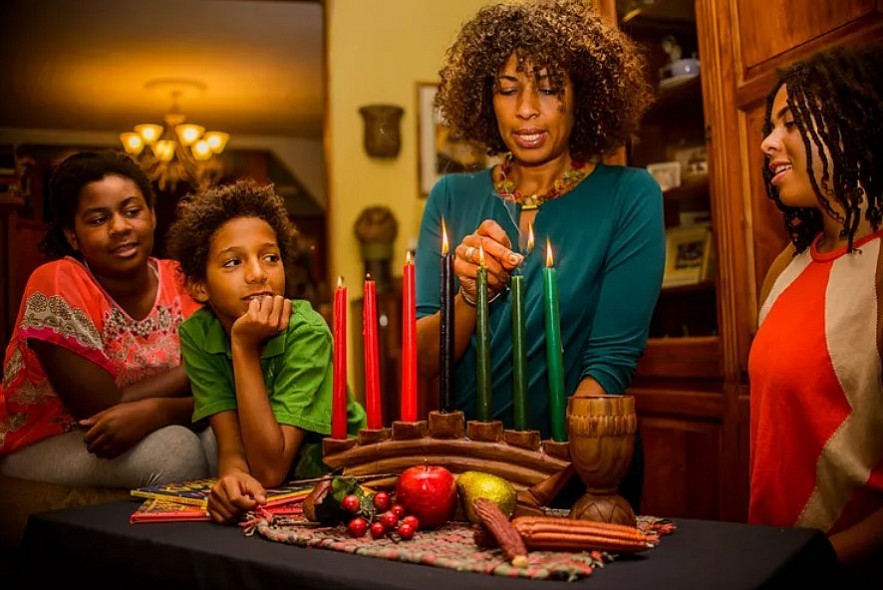 |
| Kwanzaa Tradition |
- Date: December 26–January 1
- Background: Created by Dr. Maulana Karenga in 1966, Kwanzaa is a holiday celebrating African-American culture and heritage, with a focus on family, community, and unity. The name “Kwanzaa” comes from the Swahili phrase “matunda ya kwanza,” meaning “first fruits.”
- Traditions: Each of the seven days of Kwanzaa is dedicated to one of seven principles, including unity, self-determination, and collective work and responsibility. Families light a candle on the kinara each night, and many communities hold Kwanzaa events with music, dancing, storytelling, and art.
- Interesting Facts: Kwanzaa is a uniquely American holiday, created during the civil rights movement to provide African-Americans with an opportunity to reconnect with African heritage. The holiday is celebrated by approximately 2 million Americans.
- Estimated Attendance: Around 2 million people observe Kwanzaa each year, often in family gatherings and community settings.
19. New Year’s Eve – December 31
- Date: December 31
- Background: New Year’s Eve marks the end of the calendar year, with global celebrations centered on welcoming the new year. Although the festivities date back centuries, modern New Year’s Eve is known for its countdowns, fireworks, and celebrations.
- Traditions: From the iconic Ball Drop in Times Square to private parties and fireworks displays, New Year’s Eve is celebrated across the U.S. Many people make resolutions for the coming year, and champagne toasts are common. Some traditions, like the Southern custom of eating black-eyed peas for good luck, add regional flair.
- Interesting Facts: The Times Square Ball Drop draws over 1 million attendees and millions more watching online and on TV. The Waterford Crystal ball weighs over 11,000 pounds, and its descent marks one of the most-watched events in the world.
- Estimated Attendance: Over 1 million people attend the Times Square event, with millions more celebrating across the U.S. in various ways.
20. Coachella Valley Music and Arts Festival – April
- Date: April (dates vary)
- Background: Coachella, held annually in Indio, California, is one of the world’s largest music and arts festivals, featuring top artists from various genres. Since its start in 1999, Coachella has become an iconic event, attracting fans worldwide and influencing fashion, music, and pop culture.
- Traditions: Coachella spans two weekends and includes a diverse lineup of concerts, interactive art installations, and trendy food vendors. It’s also known for its unique fashion scene, with attendees often wearing bohemian-inspired outfits. Many fans camp on-site, creating a community atmosphere.
- Interesting Facts: Coachella tickets typically sell out within hours, and the event generates over $100 million in revenue each year. The festival’s impact on fashion and music has made it a major cultural event, often attended by celebrities and influencers.
- Estimated Attendance: Over 600,000 people attend Coachella across both weekends, making it one of the most anticipated and influential music festivals in the world.
In Conclusion
From the warm, family-focused gatherings of Thanksgiving to the colorful, high-energy parades of Mardi Gras, every holiday in the U.S. offers a distinct and unforgettable celebration of culture, history, and human connection. These cherished events invite both Americans and travelers from around the world to come together, share meaningful traditions, and create lasting memories. More than just festivities, they reflect the spirit of unity in diversity that lies at the very heart of the American identity, turning each celebration into a moment of reflection, joy, and community.
Frequently Asked Questions (FAQs)
What is the most widely celebrated holiday in the U.S.?
Answer: Christmas is celebrated by nearly every household in the U.S., making it the most widely observed holiday.
Which holiday has the largest public gatherings?
Answer: New Year’s Eve in Times Square and Independence Day in Washington, D.C., draw some of the largest crowds.
Is Thanksgiving more family- or public-oriented?
Answer: Thanksgiving is primarily a family-centered holiday, with gatherings in homes across the country.
Why do some states emphasize certain holidays more?
Answer: Regional history and cultural influence play a role, like Mardi Gras in Louisiana or Patriots’ Day in Massachusetts.
What’s the difference between Memorial Day and Veterans Day?
Answer: Memorial Day honors military members who died in service, while Veterans Day celebrates all who have served.




 Father's Day: Date, History, Meaning And Celebration
Father's Day: Date, History, Meaning And Celebration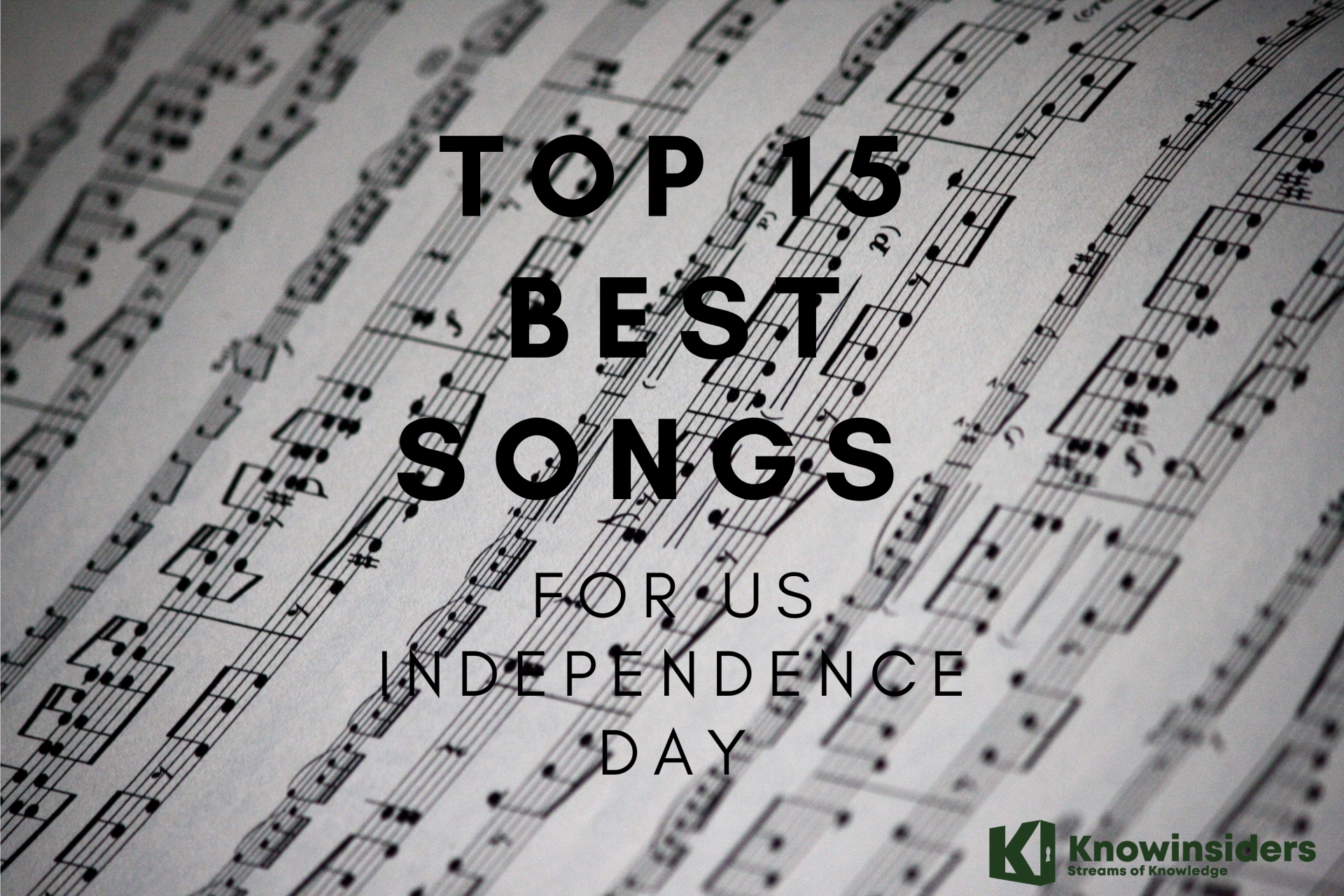 Top 15 Best Songs For US Independence Day (July 4)
Top 15 Best Songs For US Independence Day (July 4)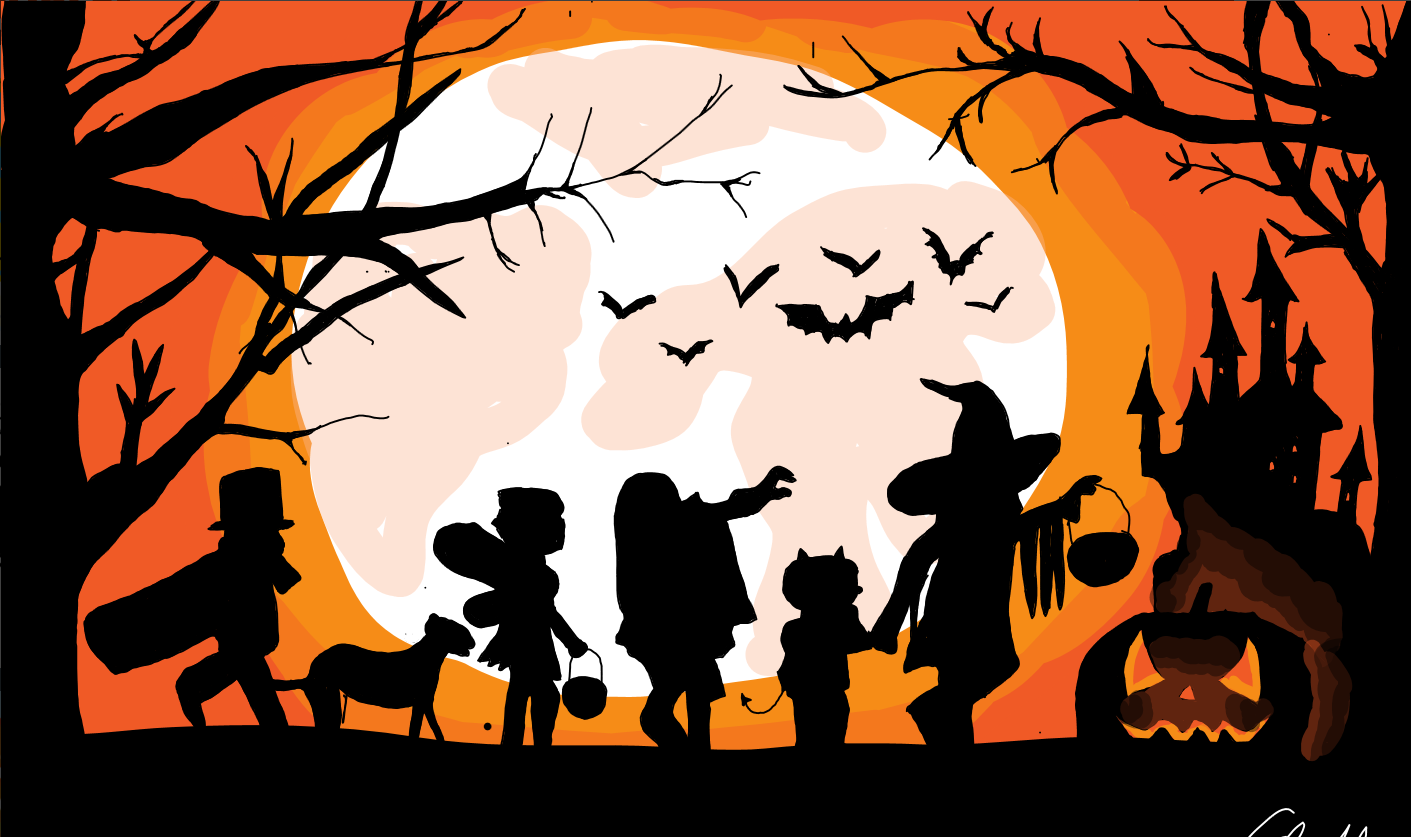 What is the Origin & Meaning of Halloween?
What is the Origin & Meaning of Halloween? How Many Veterans Are There In The U.S Today?
How Many Veterans Are There In The U.S Today? Why is It Called Black Friday?
Why is It Called Black Friday?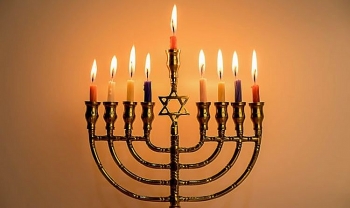 Happy Hanukkah: Best wishes and quotes
Happy Hanukkah: Best wishes and quotes


